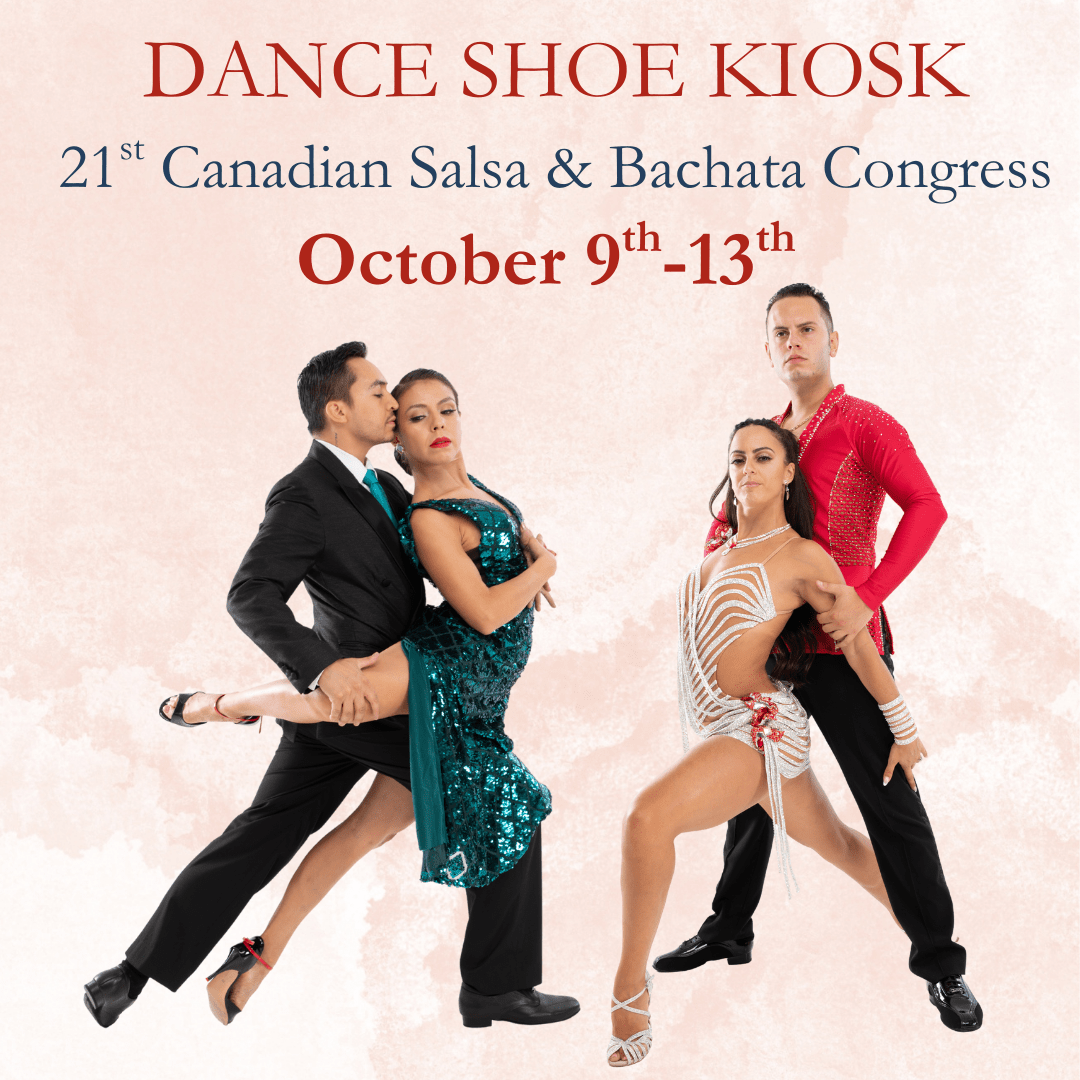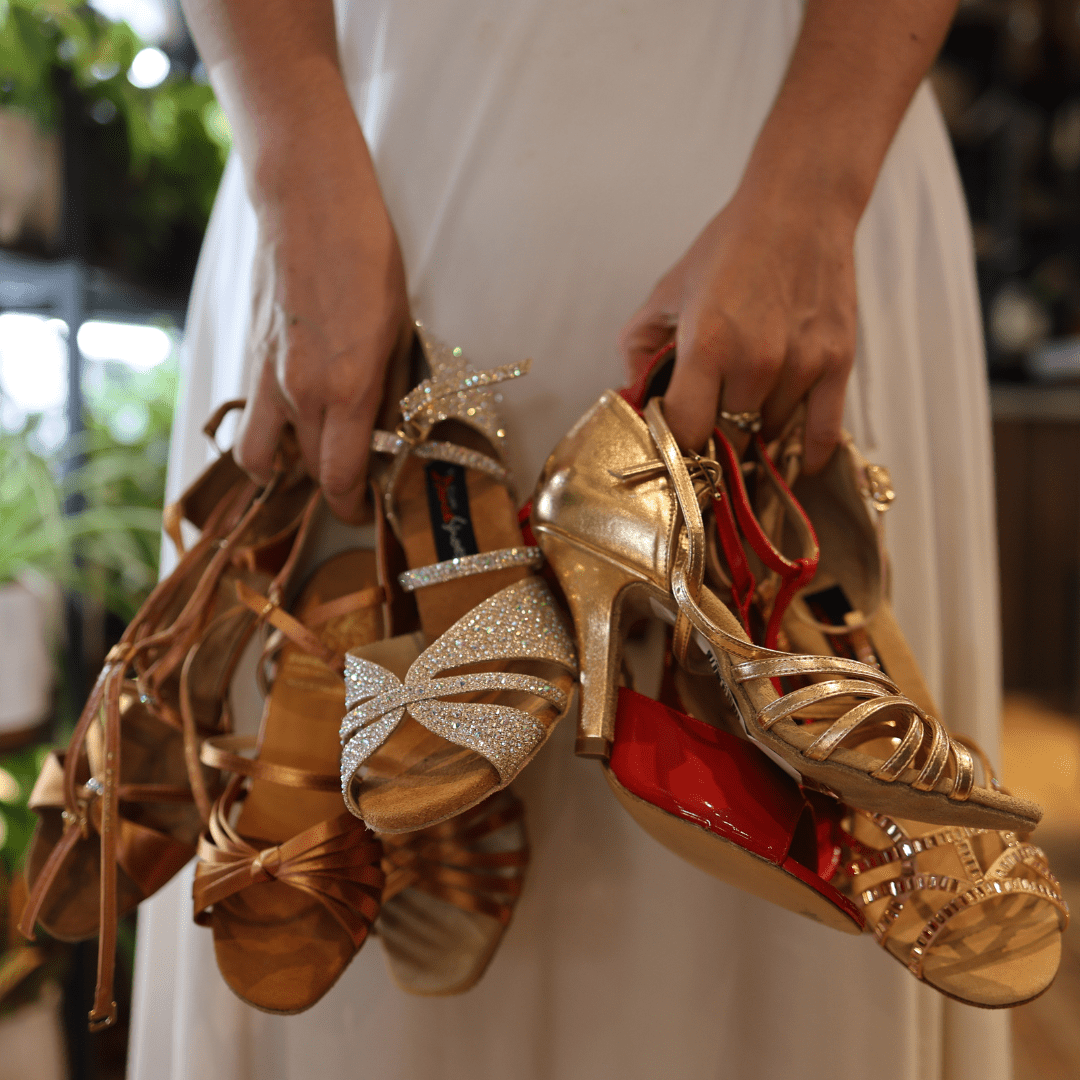
The lights are dim, the scents of wine and roses fill the air, and the music playing is slow and sensual. The dancers on the floor rise and fall, glide backwards and forwards, bodies close. This is not Rumba. This is Bolero. And it is beautiful.
More common on the competition floor than the social, American Rhythm Bolero combines the contra-body movement of the Tango, the body rise and fall of the Waltz, and the Cuban hip motion of the Rumba. Steps are gliding, arm movements expressive, and it is danced to slow music. It is, in my opinion, the most beautiful of the rhythm dances. But where does it come from?
As with many dances, it doesn’t come from just one place. Bolero originated in two different countries with two different styles: Spain in the late 18th Century and Cuba around the late 19th century.
In Spain, Bolero grew out of a fusion of the Fandango, Sevillanas, and the Contradanza. The Fandango was (in one variation) a courtship dance that revolved around the story of a woman initially rejecting her suitor and leading him on a merry chase. The couples never touched. They wore castanets and danced to flamenco and folk music, and the dance was characterized by stamping feet, clapping hands, and snapping fingers. Sevillanas were also folk dances similar in style to Flamenco. Dancers also wore castanets and were accompanied by guitar. Up until the mid-20th Century Sevillana songs were mostly about daily life but evolved to include “religion, regions, love, biblical stories and festivals” (1). Contradanza is the Spanish and Spanish-American form of the contradanse. For this type of dance, there is no need for a partner. Two lines are formed and a caller calls out the dance figures and you dance with whoever is across from you, moving down the line. This type of dance is seen in the Irish, Scottish, and French Canadian traditions. Credit is given to Sebastiano Carezo (2) for bringing these elements together, fusing it with classical ballet, and inventing the Bolero.
Spanish Bolero:
Cuban Bolero, while still focusing on love, is more relaxed than its Spanish counterpart and was influenced by Afro-Cuban styles, which included the use of conga drums and claves. The first Cuban Bolero is credited to Jose “Pepe” Sanchez in the late 19th Century and is called “Tristezas” (3). Contrary to the Spanish Bolero, Cuban Bolero uses a 2/4 or a 4/4 meter instead of 3/4. It is this 4/4 meter that has translated to the Rhythm Bolero. There is also the hip motion seen in the Rumba (4) and other Cuban dances, and partners dance closely together. The feel of the Cuban Bolero is that of a living dream, where dancers stretch and glide with the music as though they are an extension of it.
The Cuban version of the dance spread through Latin America and Mexico and up into the United States, gaining in popularity. Once it reached the North American ballroom, it fused with Waltz, Tango, and Rumba and became the dance we see on the competition floor.
Rumba is often called the dance of love…so is Bolero, with its fluid, intimate movement. Which is your favourite?
I’ll let you guess mine. Hint: it’s the topic of this article.
See you on the floor.
American Rhythm Bolero:
Notes:(1) Spanish Art.
(2) Ibid.
(3) Ballroom Dance Academy.
Sources:
Bolero. http://www.ballroomdanceacademy.com/the-dances/descriptions-of-dances/bolero-2/
Bolero. http://www.rounddancing.net/dance/articles/guest/nelsonkb/bolerorumbawithdifference.html
Bolero. http://www.spanish-art.org/spanish-dance-bolero.html.
Bolero. http://www.umich.edu/~ac213/student_projects06/dorir/bolero.html




